
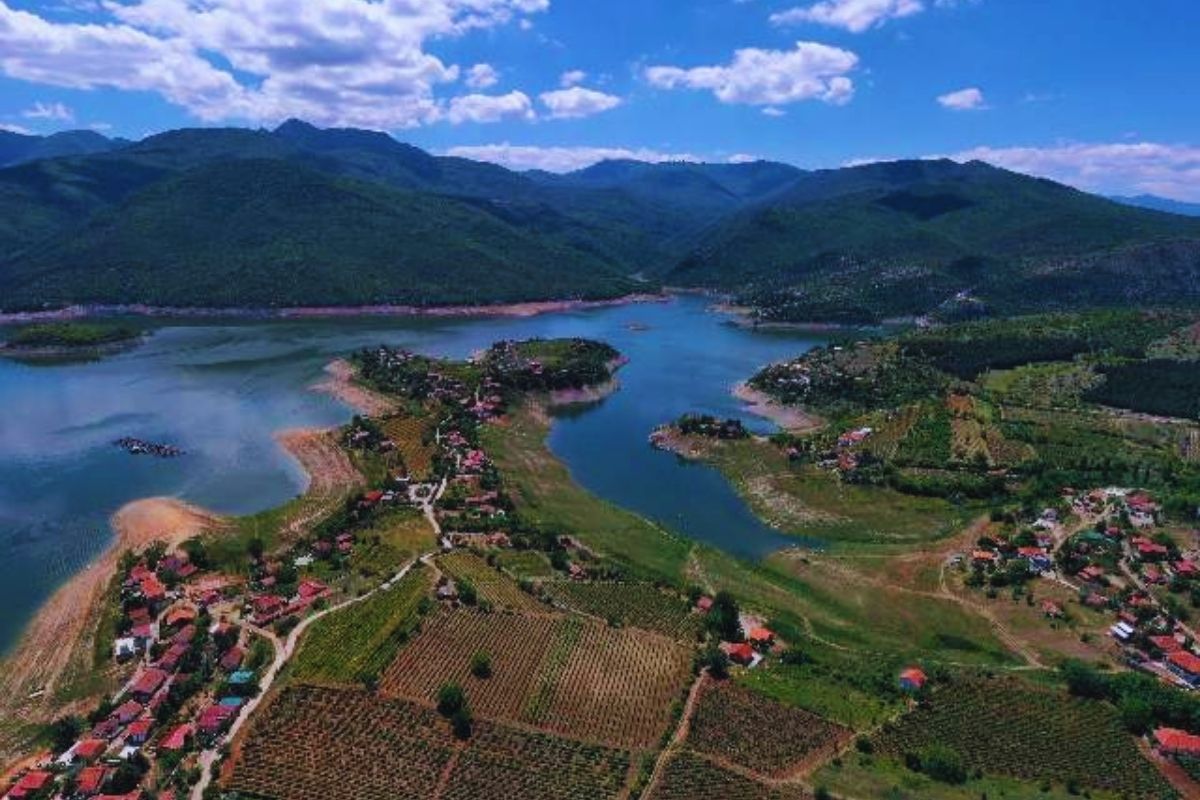
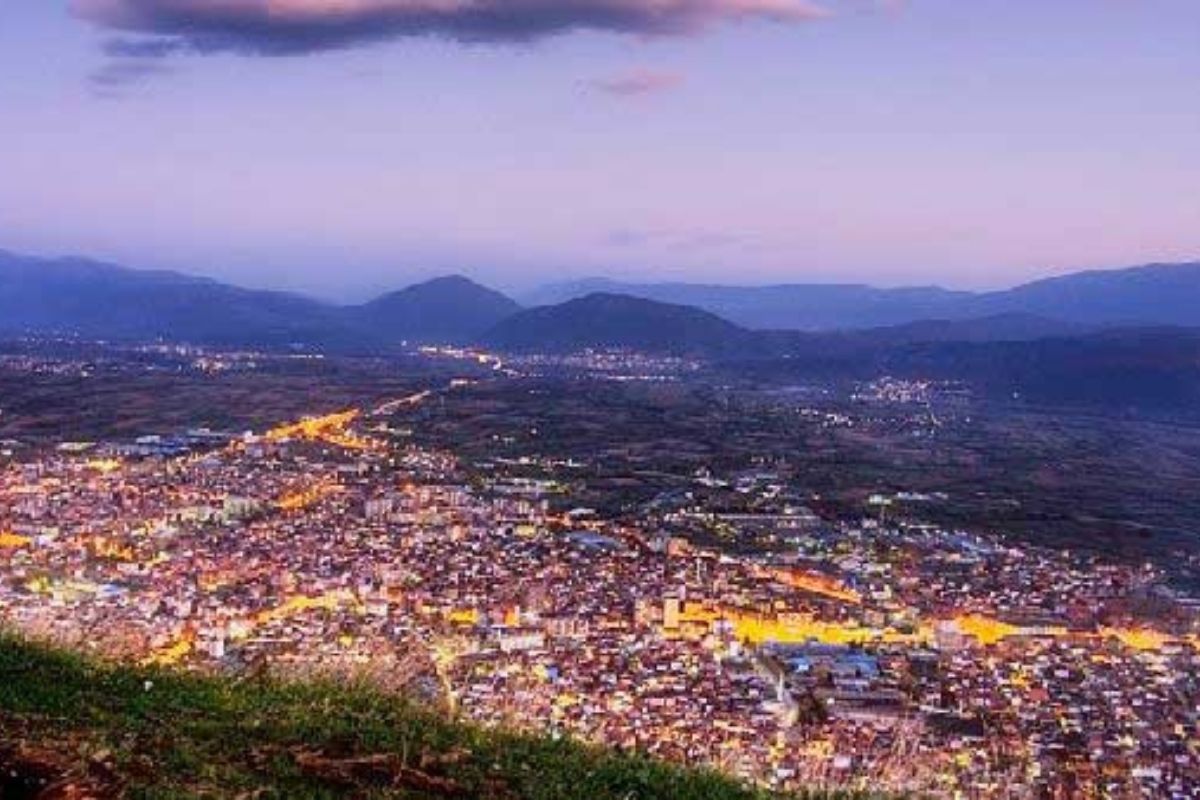
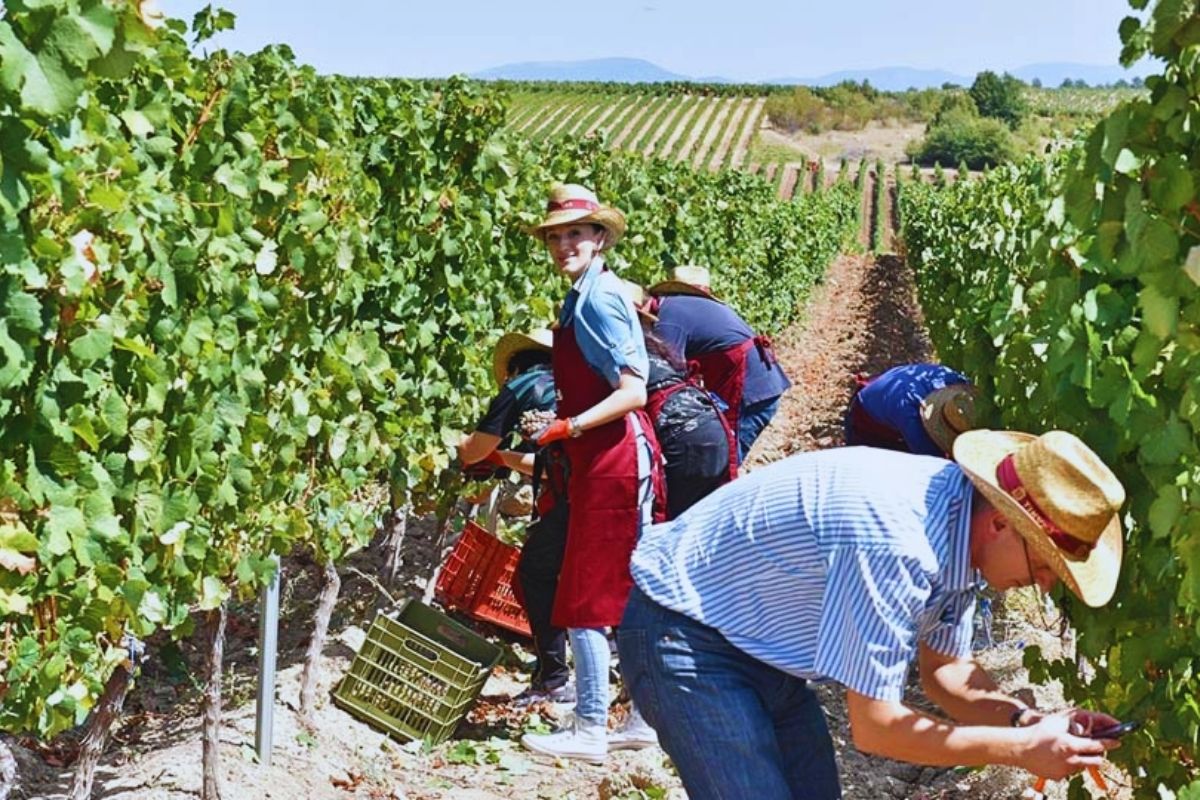
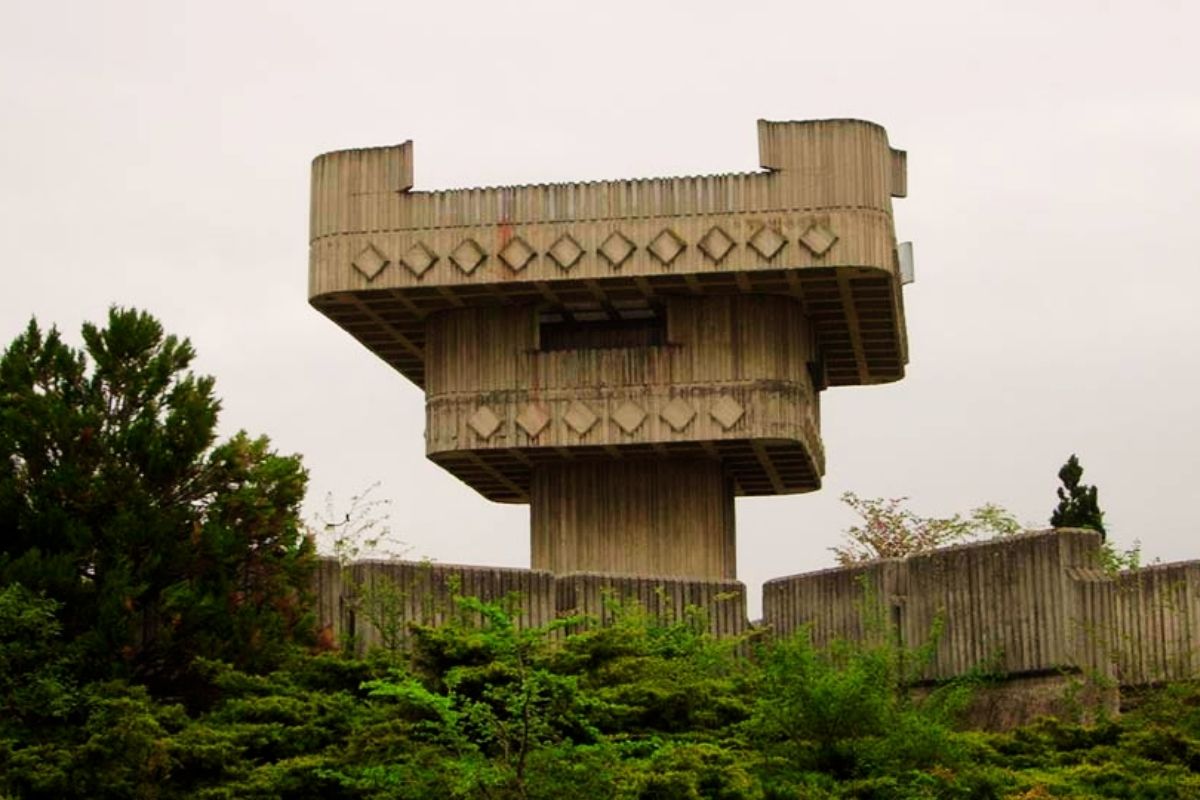
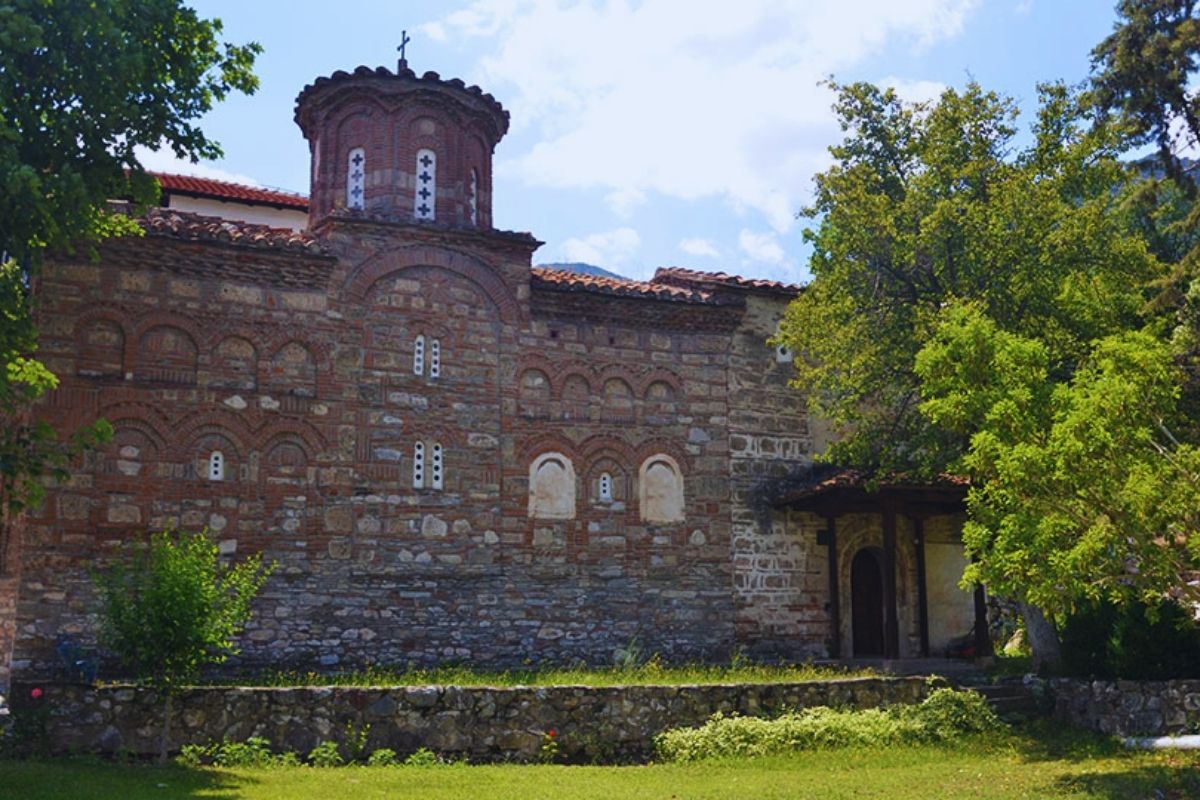
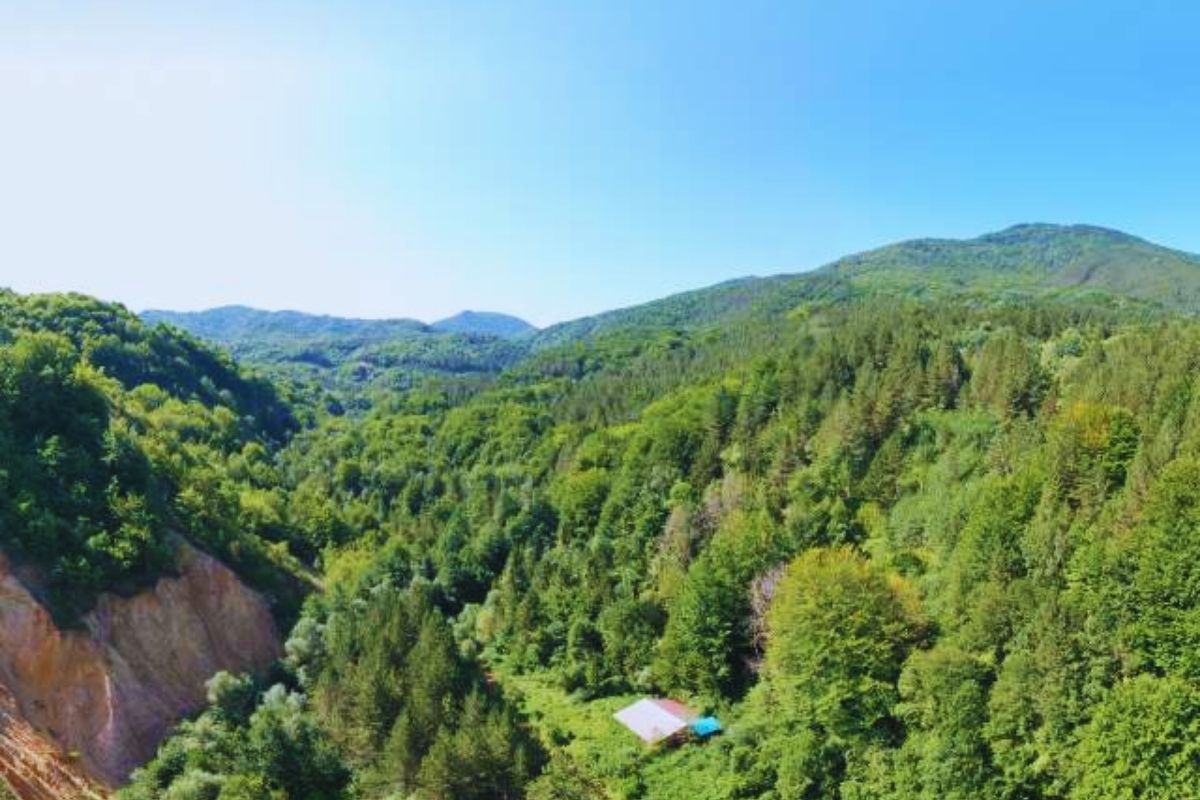
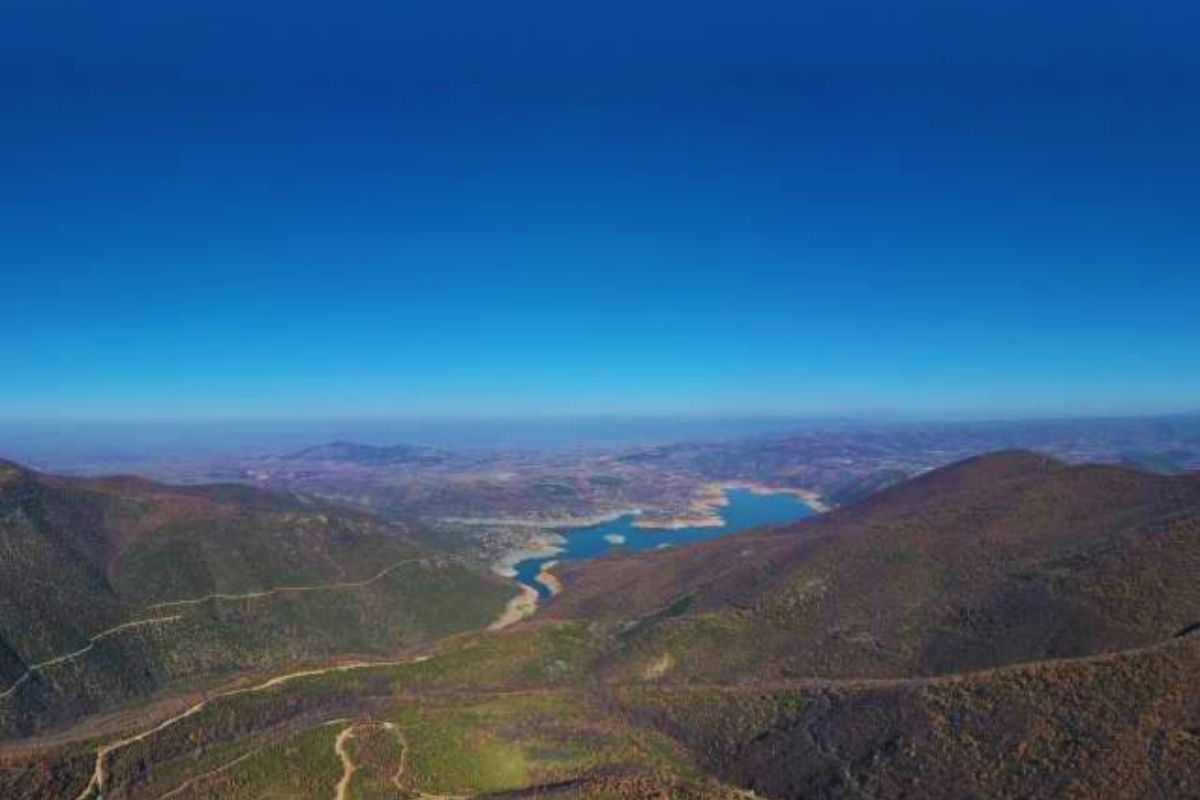
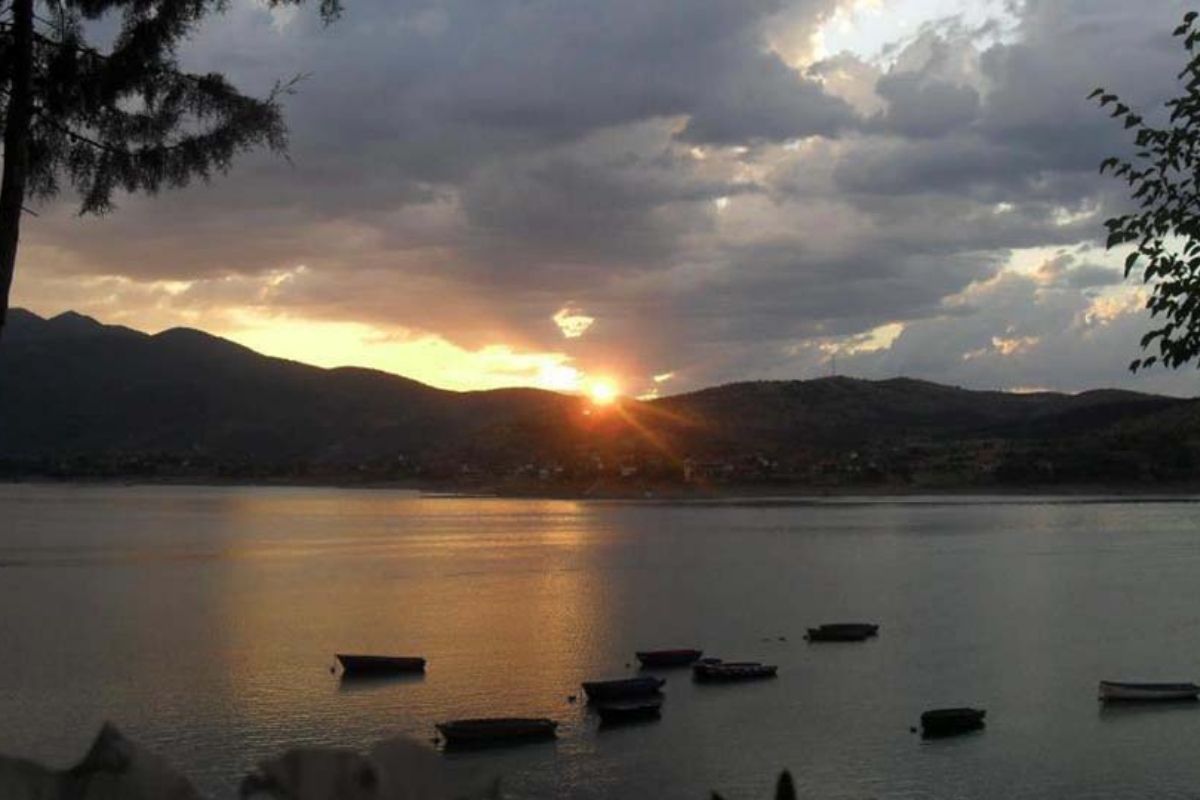
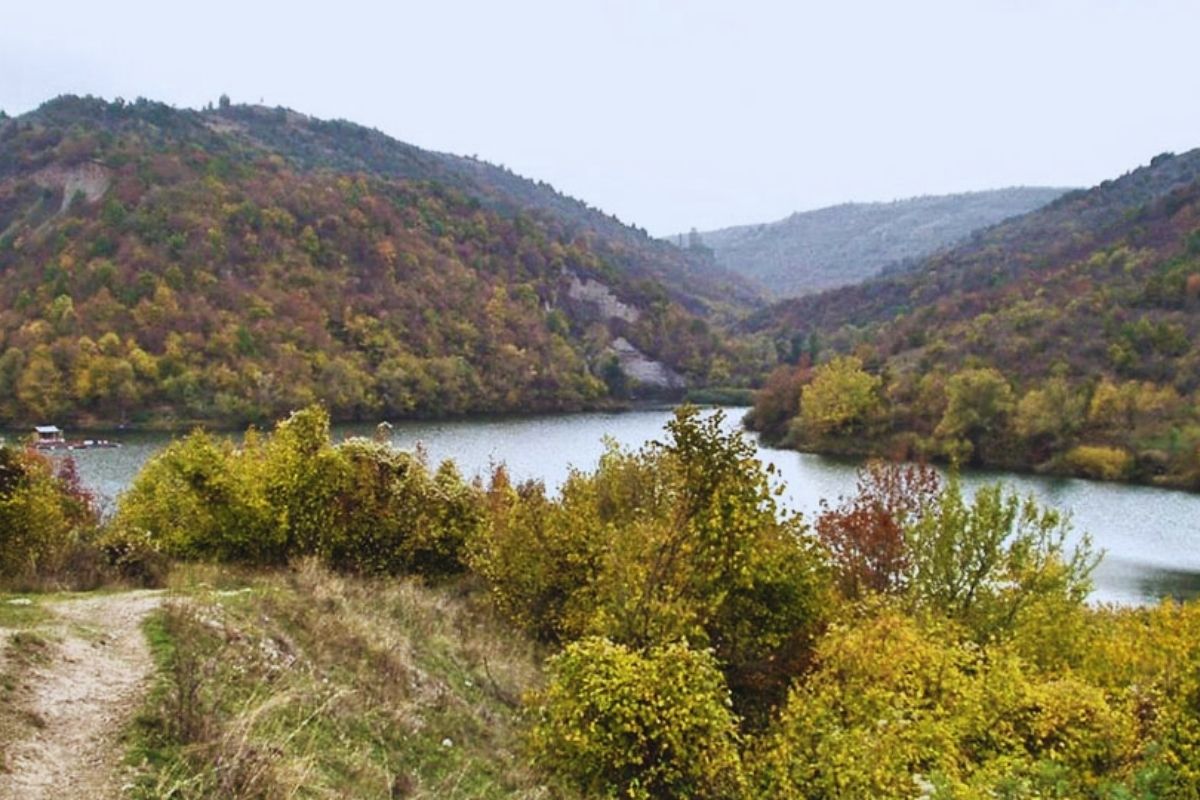
Kavadarci, a city located in the southeastern part of Povardarie, southern part of North Macedonia, is the central point of the Tikvesh region. The name Kavadarci is believed to have originated from the Greek word “kavadion”, meaning “a cloak of precious fabric”. The inhabitants of Kavadarci were known for making this cloth.
The city sits in the middle of the valley and the Tikvesh region, with an altitude ranging from 230 to 270 metres. It was first mentioned in 1519 as a small rural settlement within the Kustendil district. In 1664, Evliya Celebija visited Kavadarci and described it as the centre of 70 living villages, with 300 roofs with houses of tiles, four neighbourhoods, three mosques, and a beautiful bath. Turkish documents from 1823 also mentioned Kavadarci as a small settlement (kasaba) with about 2,000 inhabitants in the far eastern part of the then Bitola vilayet.
Kavadarci was already a focal (central) place of the entire Tikvesh area in the middle of the 19th century, where the court (kadija) and the administrative authorities were housed. In 1857, it was a small town with about 2,000 inhabitants and a special economic centre. The population was engaged in agriculture, trade and crafts, and it had a role as an administrative centre for the Tikvesh area.
Today, Kavadarci is known as the “City of Wine” and is the centre of the winegrowing region in Tikvesh. It is connected with the main road Skopje-Gevgelija and the road from Gradsko to Prilep, and the river Luda Mara flows through the city. The largest and highest quality production of vine has been developed around Kavadarci and Negotino, with vineyards in Tikvesh spreading over an area of 11,000 hectares.
The most common grape varieties grown in the region are smederevka and kratosija vranec, and there are also dessert and table grape varieties such as cardinal, hamburg, afus ali, ribier, and more. The Tikvesh region has a number of wineries that process the grapes into wine and rakia (brandy) and export them to foreign markets.
The Tikvesh Lake, built in the lower stream of Crna Reka, is one of the major artificial reservoirs in the area, with an area of 14 km2, a length of 28 km, and a volume of 475 * 10 m3. It was created in 1968 for irrigation and electricity production purposes. Today, it has a tourist-recreational character, with many weekend houses and catering facilities. The lake is also used for sports fishing and is rich in fish, with catfish being a particular highlight.

Discover secret deals and experience prices drop the moment you sign up!
